Description
What is a 10MHz-6GHz N-type Wideband Bias Tee?
The 10MHz-6GHz N-type Wideband Bias Tee model CTRF-BIAS-T-10600-4525-NJ-NK is an RF bias T covering 10 MHz to 6000 MHz ultra-wideband bias tee with N male to N female connector bias T supplied by C&T RF Antennas Inc.
Wideband Bias Tee Product applications.
A) Wideband amplifier
Some wideband amplifiers, which do not have internal isolation capacitors and require a power supply at the output, need biases.
Some amplifiers with internal integrated spacer capacitors do not need additional biases.
B) Fiber-optic communication, laser drive
The drive current is required for the laser diode, which is injected through the DC side of the bias.
Communication data is injected through the RF end.
Wideband Bias Tee Product principle.
In a broadband amplifier feeder circuit, high frequency is affected by the parasitic capacitance parameters, and the performance drops sharply, so the feeder needs to use BiasTee.
BiasTee consists of ultra-broadband, near-idealized, high-frequency inductors and capacitors without resonance points.
Diaphragm capacitors: isolate DC to prevent leakage of DC voltage to subsequent circuits or test instruments.
High-frequency inductor: isolates AC information and prevents leakage of high-frequency signals to the power supply system.
Wideband Bias Tee Technical indicators
Use frequency: 10MHZ-6GHz
Loss: 0.5dB@3GHz 1.2dB@6GHz
Feeding voltage resistance: DC 50V
Limit current when feeding: 200MA
The isolator withstands voltage 250V, the internal choice of ATC microwave RF high voltage isolation capacitor
C&T RF Antennas Inc provides RF power amplifiers, low noise amplifiers LNA amplifiers, Bias Tees, etc.
The 10MHz-6GHz N-type Wideband Bias Tee is available at C&T RF Antennas Inc, the power amplifier and repeater supplier and RF antenna manufacturer in China.
C&T RF Antennas Inc provides internal & external antennas with antenna radio frequencies such as NFC, 169MHz, 230MHz, 315MHz, 433MHz, 868MHz, 915MHz, VHF&UHF, Lora, NB-IoT, ADS-B, GSM, GNSS, GPRS, 1.2 GHz, 1.4 GHz, 1.8 GHz, Wi-Fi 2.4 GHz, 5.8 GHz, Cellular 2G, 3G, 3.5 GHz, 4G LTE, GPS, 5G NR, 6G, etc.
C&T RF Antennas Inc. provides RF antennae with Omni & Directional antenna types such as Dipole Antennas, Whip Antennas, Marine Antennas, Router Antennas, MIMO Antennas, Combo Antennas, PCB Antennas, FPC Antennas, Spring Antennas, Magnetic Antennas, Sector Antennas, Yagi Antennas, and Accessories, etc, for IoT & M2M industries.
Contact us for more details on the 10MHz-6GHz N-type Wideband Bias Tee such as the Wideband Bias Tee drawing, Wideband Bias Tee price, Wideband Bias Tee inventory, or other frequency Bias Tees and LNA Low Noise Amplifiers.
10MHz-6GHz N-type Wideband Bias Tee Specifications
| Model | CTRF-BIAS-T-10600-4525-NJ-NK |
| Frequency | 10MHz-6GHz |
| Insertion Loss | 0.5dB@3GHz 1.2dB@6GHz |
| Feeding voltage resistance | DC 50V |
| Limit current when feeding | 200MA |
| Power supply mode | DC feed |
| Power voltage | 1-50V(DC) |
| Weight | 80g |
| Isolator withstands voltage | 250V |
| Impedance | 50Ω |
| I /O Port Connector | N Male To N Female |
| Dimensions | 45x25x22mm, Total 93x25x22mm |
| Remark | The internal choice of ATC microwave RF high voltage isolation capacitor |
10MHz-6GHz N-type Wideband Bias Tee Picture
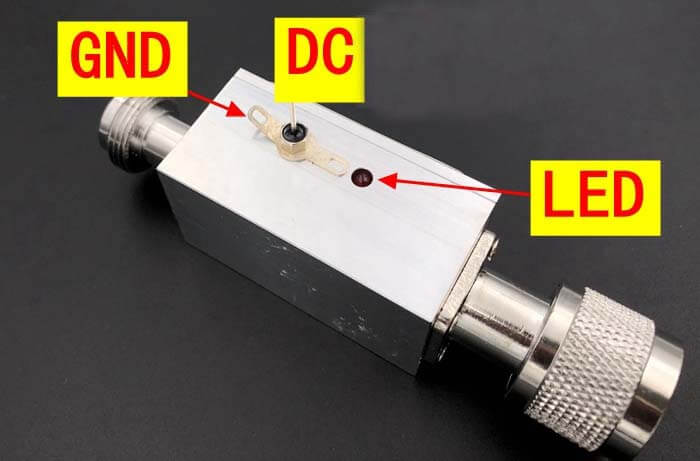
What is a bias Tee?
Bias Tee (DC Bias T) is a three-port network device, the three ports are RF port RF, DC bias port DC and RF DC port RF&DC. because these three ports are often arranged in the shape of a T, it is called Bias Tee.
The DC port of Bias Tee consists of a feed inductor that adds a DC bias to prevent the AC signal from the RF port from leaking into the supply system. Ideally, the DC port will not have any effect on the signal at the RF port;
The RF port consists of a blocking capacitor for the input RF signal, which can also block the DC voltage from the bias port; the RF & DC ports are connected to the device, which can see both the DC bias voltage and the RF signal.
If the internal devices of Bias Tee choose ultra-wideband, near-idealized, high-frequency inductors and capacitors without resonance points, then when Bias Tee is used to set the DC bias points of certain electronic components, it will not interfere with other components.
For Bias Tee, the more important indicators are DC-side bias voltage and current; RF-side and DC-side isolation; RF bandwidth, group delay, insertion loss, return loss, etc.

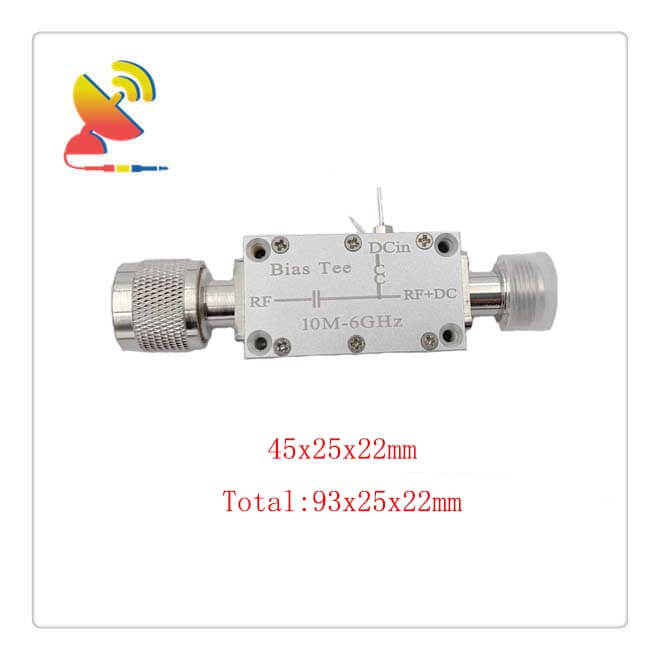
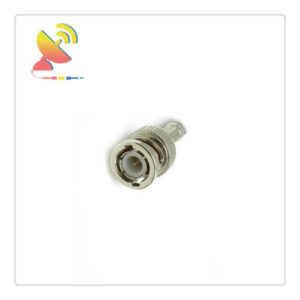
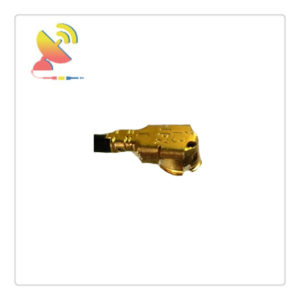
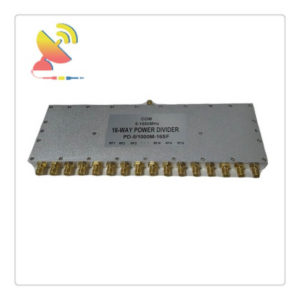
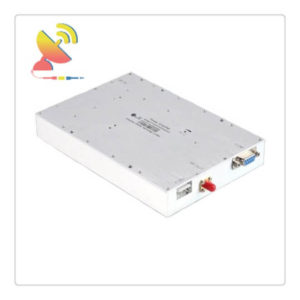
Reviews
There are no reviews yet.